The reality about camera sensor sizes
With the apparent struggle that is brewing in the mobile photography section, which it has partially gone from being just a megapixel war to taking into account the size of the sensor itself, We are seeing a greater relevance to the size of the main sensor that we can find on the back of the different current terminals, with the largest sensors reaching an inch.
However, unlike the inches of a screen, when we are told, for example, of a one-inch sensor, the reality is that there is no dimension of the sensor that measures one inch, not even the diagonal, being less than the mentioned measure. This is due to the original standard that was used for image sensors and was not adapted to the digital age
In this guide, we’ll shed some light on the subject, as well as explain the origins of these photographic sensor measurements.
Why is a 1 Inch Sensor Really 0.7 Inch?
The origins of these units of measurement date back to the days of the first filmless television cameras. some cameras that should be capable of broadcasting in direct relation to the television station, so that this signal could be processed and later sent to televisions around the world.

Because vacuum tube technology was to image recording what silicon and transistors are today, early image sensors worked on the same principle as CRT tubes: this meant that the sensor itself was housed inside a vacuum glass tubeand includes them within the category of CRT tubes.
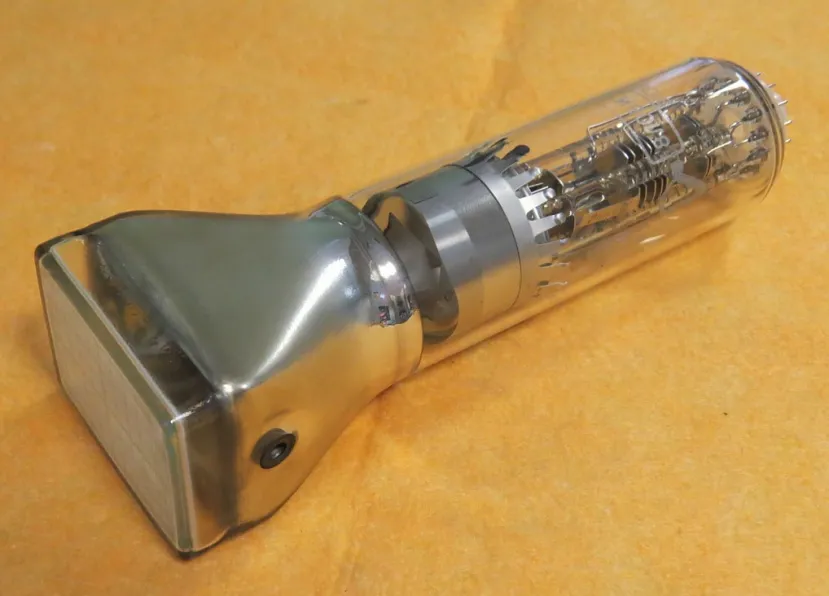
These sensors date back to the 1930s, and while the first digital sensor dates back to 1959, it wasn’t until the early 1990s that CRT sensors went out of usein addition to the enormous advantages that digital sensors had, something that may have had something to do with this mode of measurement.
At the time, CRT screens were always measured by their external sizeleaving aside the measure that consumers are interested in, which would be the visible or useful area of the product. However, when televisions made the jump from CRT tubes to early LCD panels, the industry consensus was that from that change, the measurement in inches would be equivalent to the visible area of the LCD panel
Thanks to this change, any screen diagonal in inches now has a larger surfacesince we went from measuring the screens by the size of their internal components to measuring them by their useful area, a sample of how to update the measurements was positive for users.
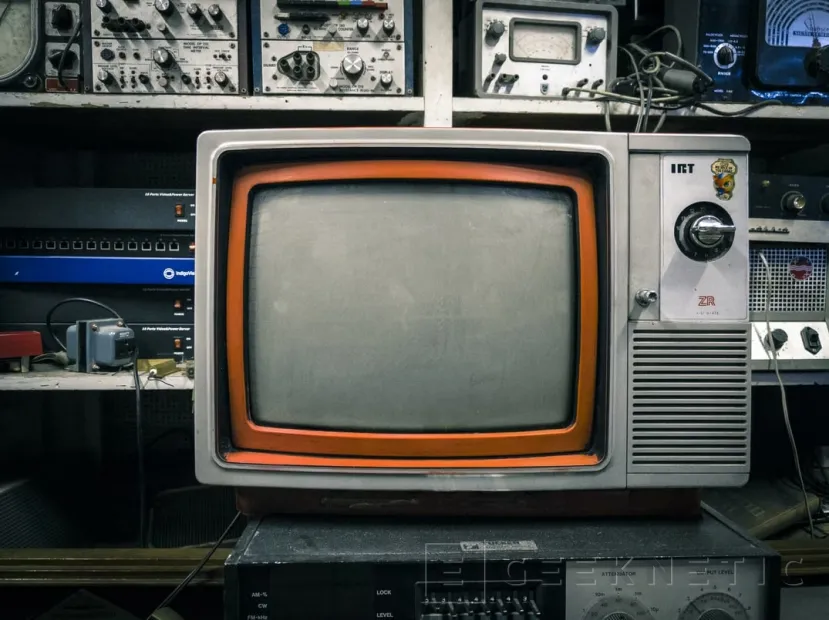
This did not happen in the camera sensors, possibly due to the nearly 30-year overlap between the two technologies, among other reasons. This made it possible for users who wanted to look for a camera with an equivalent sensor size to do so, but instead left this remnant for life.
The First Sensors Used a Vacuum Glass Tube
In the case of camera sensors, these were inside a glass cylinder, unlike a CRT screen that has a flat part where the image is displayed. Therefore, between the thickness of the glass itself, and the fact that the images are rectangular and not circular, the outside measurement of the cylinder did not correspond at all to that of the sensing element.
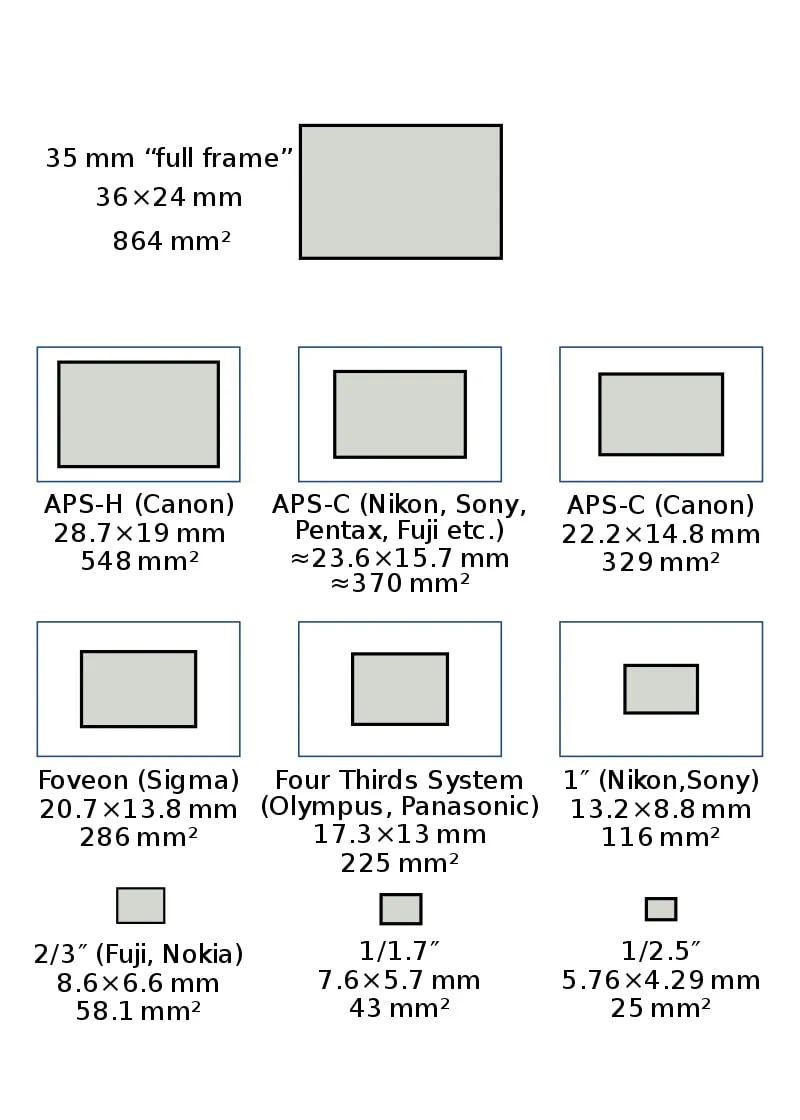
Camera sensors are still measured as CRTs, hence a one-inch sensor measures 0.7 inches diagonally
For example, today Full Frame sensors suffer from a similar problem, albeit quite understated. Such a sensor measures 36x24mm, and its origin comes from 35mm film, that physically measured 35mm wide, but had a useful width of 24mm. This has made the size itself equivalent, but the name is confusing, since the sensor is not 35mm in any of its dimensions.
In the case of one inch sensors, its dimensions are 13.2mm wide, 8.8mm high and 15.9mm diagonal, approximately 0.7 inches, something that is not at all close to 25.6mm, which is equivalent to one inch.
This Measurement Error has been Dragging for Decades
Unfortunately we have been dragging this problem for several decades, so there will be no real way to fix this discrepancy. Similarly, the longer we continue to use this outdated measurement system, the worse the problem will be.
At the end of the day it is a standard accepted by the industry, especially considering that it benefits them in the sense that this scheme makes the sensors look larger than they physically are. Consequently, a correction would make all figures smaller, something that the marketing teams would not like.
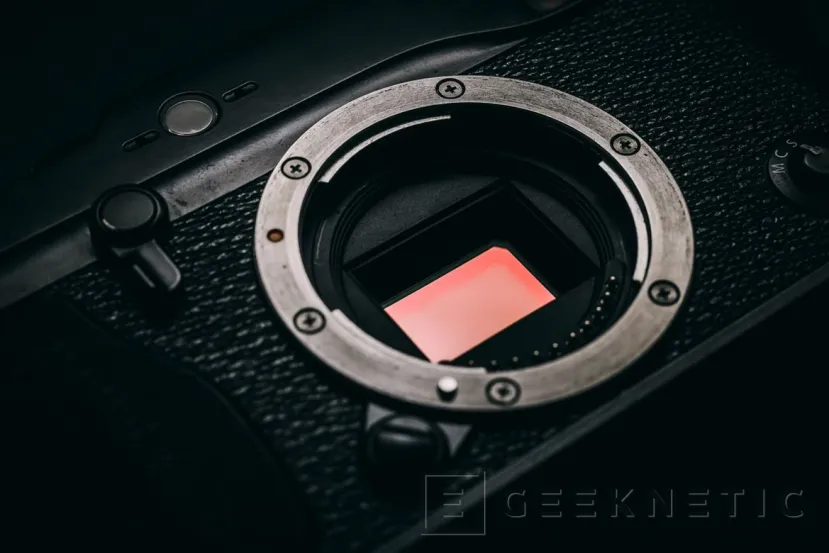
It is for this same reason that there are certain theories related to the fact that you really do not want to solve the problem because of it, but it is obvious that with the televisions it was not a problem and they became larger, reinforcing the idea that the initial overlap made it temporarily easier to search for equivalent sensors, but is no longer useful at all.
Logically, although there are higher standards for some sensor sizes such as APS-C, Micro 4/3 sensors or Full Frame sensors, it would also not be really practical to give a name to each sensor that reaches the marketespecially considering that as mobile photography technology advances, more semi-custom sizes exist in the catalogs of the different brands that manufacture them.
Other Implications of the Sensor Size Difference
The size of the sensor has direct implications on the final result of the image, and not only in its technical quality. If we look back a while, we will see how the only way to get a noticeable background blur was by faking it through software, something that although it has come a long way, it is not perfect. However, in today’s terminals, this is getting better and better thanks to the larger size of the sensors, which is why a clear orientation to which sensors are larger than others is interesting.
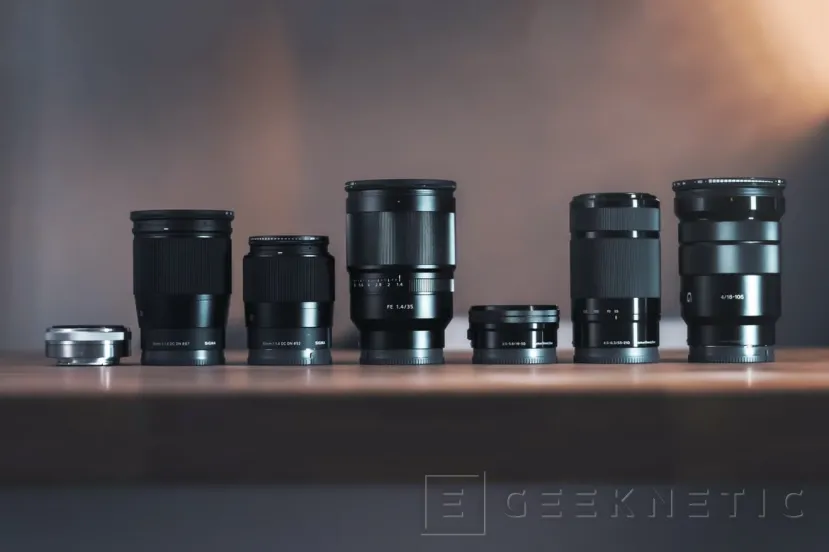
However, this is not something that the end user of a lens camera module would be of great concern to. What can concern the end user is the disparity between the equivalence in focal length between the actual size and the advertised size of the sensor.
Although it is not usually a problem, when we need to calculate the crop factor of a sensor we really need to know its size and not a vague interpretation by the industry, as this directly affects the field of view of the camera.
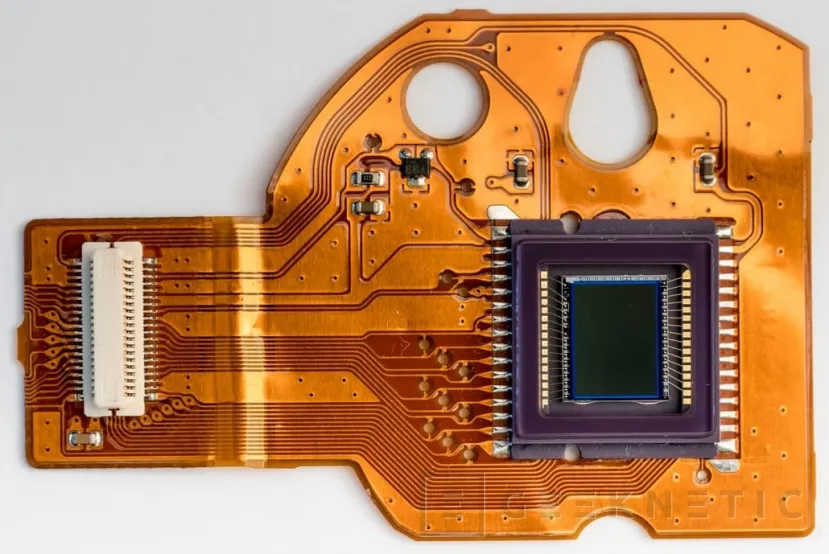
In conclusion, we find ourselves with what is effectively a lesser evil that will not affect most users in a significant way, but that ultimately makes the task difficult for those who are going to experience it in some way. and they come face to face with the reality that the sensors do not measure at all what is assumed of them from the technical specifications.
That is why in this guide we make an attempt to shed light on this matter, thus allowing us to understand that our one-inch sensor in our flagship does not measure an inch in any of its dimensionsIn addition to that, if so, the camera modules on the back of them would be even larger than what we have seen so far.
End of Article. Tell us something in the Comments!








![[Img #74675]](https://thelatestnews.world/wp-content/uploads/2024/12/They-discover-a-new-class-of-X-ray-sources-in-the-150x150.jpg)

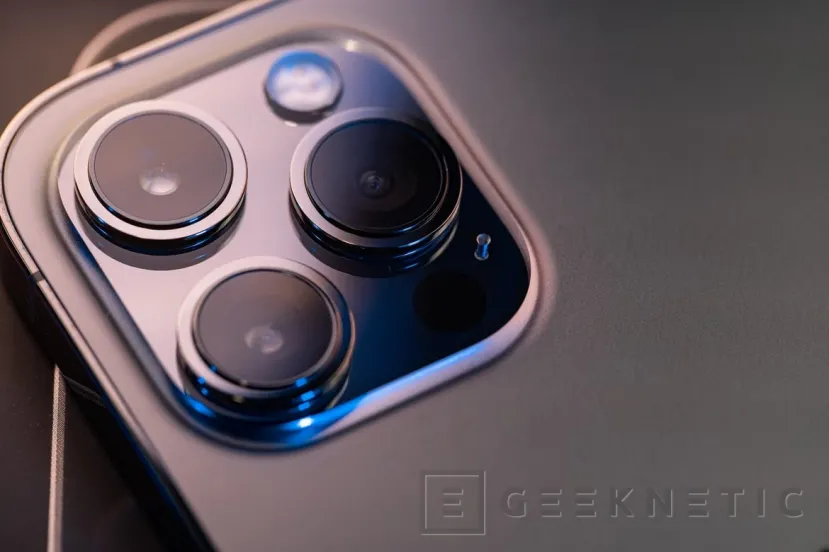
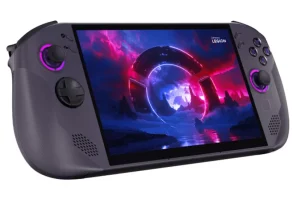
Add Comment